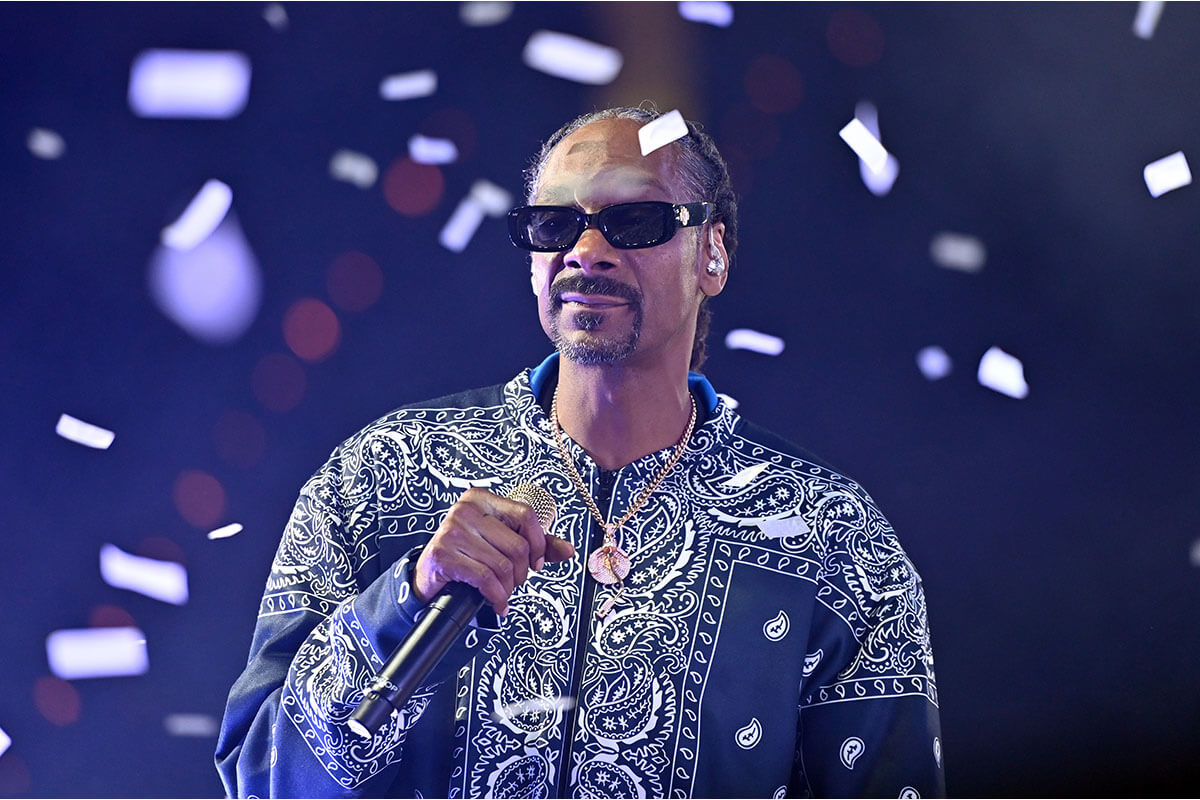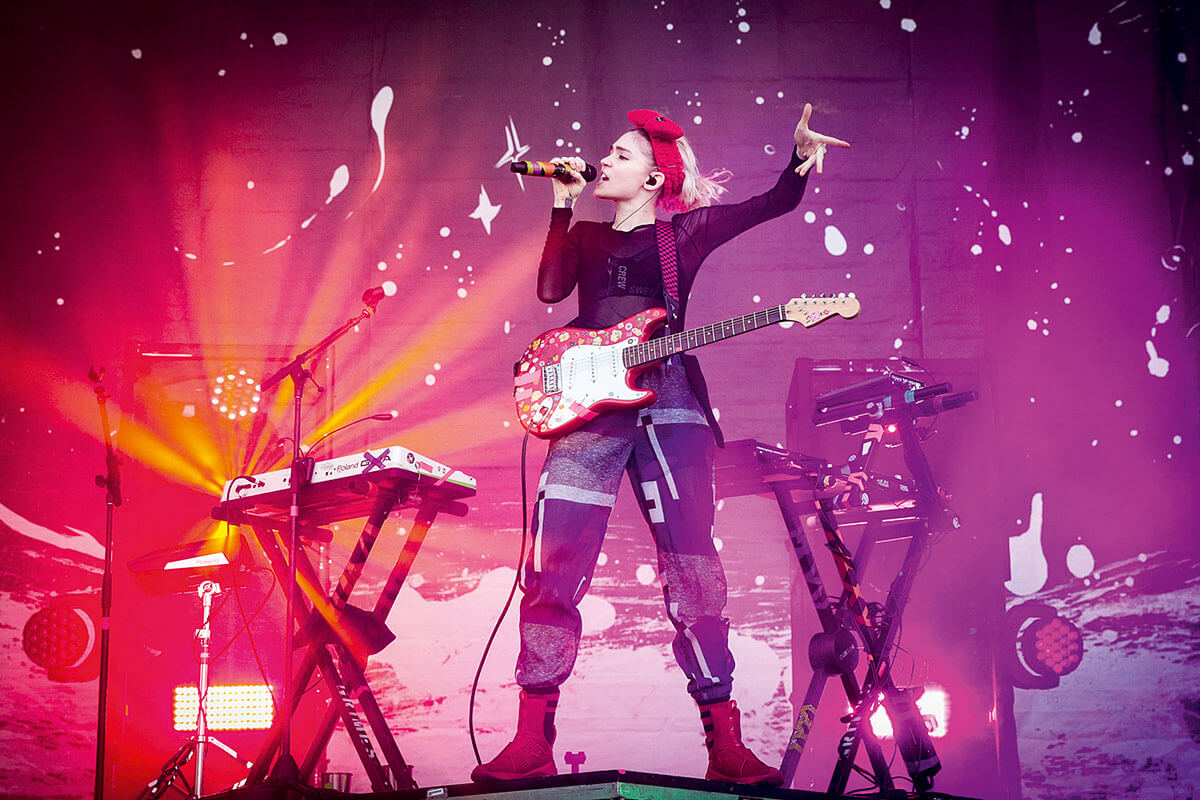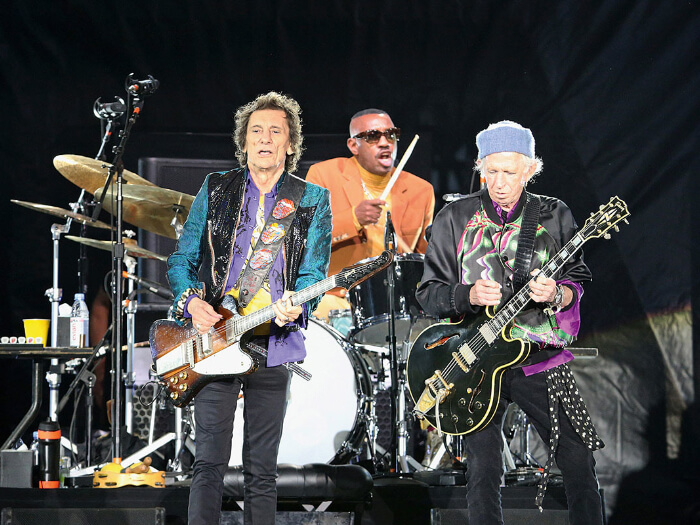If you’ve heard of Non-Fungible Tokens (NFTs) at all, it’s most likely in a negative context. For most people, they bring to mind vastly overpriced ‘jpeg’ images, crazy valuations and Ponzi schemes. But there’s an alternative view, one in which NFTs are ushering in unprecedented opportunities in a new creator-led economy.
Let’s deal with definitions first. NFTs are digital files, such as images, audio, photos and videos. Music NFTs can be songs, albums, videos, visual artworks, ticket stubs, merch, tickets – there aren’t any restrictions on what can be tokenised.
They are called ‘non-fungible’ because they have digital identifiers, or ‘metadata’, that makes each one unique. So, if a band releases 5,000 NFTs of the same song, each is distinguishable from the others. Owning a unique digital file makes it more valuable for collectors and fans, just like owning unique physical items.
Advocates claim this new technology is nothing less than a revolution that will change the way musicians and other creatives build a following and make money. We are certainly in the early days of this movement, but over the past year, mainstream artists such as Kings Of Leon, Grimes and Snoop Dogg have already started exploring the potential of NFTs.
 Snoop Dogg is an early NFT adopter. Photo: Stephen J Cohen / Getty images
Snoop Dogg is an early NFT adopter. Photo: Stephen J Cohen / Getty images
Jonathan Oudekerk is the co-founder and business development executive at SmartLabel, a service that helps musicians distribute music and create NFTs. He sees two main opportunities for musicians in this space. “Firstly, artists can directly fund their operations, like their next song promotion, studio recording, or collaboration, by selling or giving NFTs to their fans. Secondly, they can find new friends all around the world.”
What is an NFT?
NFT stands for Non-Fungible Token. ‘Fungible’ currencies can be replaced by any other similar currency unit. For example, a pound coin is equal to another pound coin – they are all equivalent in value.
‘Non-Fungible’ items are unique. If a band release 5,000 NFTs of the same song, each is distinguishable from the others. It’s a bit like the first pressings of The Beatles’ ‘White Album’, where each had a different serial number printed on the sleeve. That means every one of them is unique, even though they’re copies of the same album. This creates value: Ringo Starr auctioned his pressing of No. 0000001 for $790,000 in 2015, making it the most expensive vinyl LP of all time.
The ‘token’ part of the name refers to the fact that NFTs are digital files existing on a blockchain, which is the same technology used for cryptocurrencies. Like cryptocurrencies, NFTs are verified and secure; they provide authenticity of origin and ownership. Unlike physical objects like paintings and trading cards, it’s impossible to ‘fake’ an NFT.
New spaces to reach completely new audiences
Of course, artists have always been able to sell music direct. But it’s the technology behind the blockchain that’s creating new possibilities. The blockchain is a public ledger, distributed digitally, and it’s here that cryptocurrencies and NFTs are held. On the blockchain, files are kept on multiple computers, meaning that no single person or corporation can control them. Banks, governments, record companies and streaming services become irrelevant.
“It’s very hard to get discovered on Spotify, for example,” says Oudekerk. “You need to be in the release radar. 60,000 songs are loaded on Spotify every single day. 95% of those are never going to get more than 1,000 streams. The chances of getting discovered on Spotify are comparable to winning the lottery twice or getting hit by lightning four times. But now upcoming artists have new channels in the crypto space – social media platforms such as Discord, Twitter Spaces and Clubhouse – where they can showcase their NFTs and reach a completely new audience. Artists are making more money than they ever made streaming on YouTube and Spotify.”
Avoiding the middle man and reaching audiences directly
Even more exciting is that, unlike standard digital sales, the details of ownership of NFTs are built into the blockchain, so it’s completely transparent. “That means you have a direct connection to the fans, you can establish a deeper relationship. If fans pay you $1 or $10 for an NFT, you know who those fans are.”
This direct connection solves one of the other key problems related to streaming platforms and even physical sales: you never know who’s listening to you and you can’t reach them or reward them. With NFTs, all purchases are recorded on the blockchain and you can reach out to those purchasers directly, avoiding ‘middle men’ such as record labels or streaming platforms.
“When people buy your NFTs, you know who bought them,” says Oudekerk. “You don’t have a mediator like Spotify or a record label, you can develop the fans in ways that you couldn’t before. And you can reward people for that.
“With smart contracts built into NFTs, for example, you can offer the first 100 people who backed you a 50% discount if you give a concert, or 1% of all your revenue from tracks you release. Now you can really kickstart your career, and the people who back you will benefit from it, too.”
But if NFTs are just digital files, aren’t they easy to pirate? For example, what stops anyone from downloading for free these jpegs or mp3s that people pay money for?
 Grimes has high-profile NFT projects. Photo: Mark Horton / Getty Images
Grimes has high-profile NFT projects. Photo: Mark Horton / Getty Images
“We encourage that,” says Mark Panay, founder of Simpleweb, who has been thinking about the potential of digital ownership for years. “When you own a digitally manufactured item, it’s good when people pirate it, because it increases the value of the original. You can make facsimiles of it all day long, but you don’t have the original proof of ownership. An NFT is that proof of ownership.”
It soon becomes clear that, if NFTs have a future, it will require a shift in mindset for artists and musicians brought up in a world of free streaming. “It’s a paradigm shift in IP,” says Mark Panay. “Take the Bored Ape Yacht Club NFTs. You’ve got 10,000 Apes with different traits, which is what makes them unique. They’re collectibles, and some more than others; maybe only five have a headscarf, for example.
“With the Bored Apes and other NFTs, depending on the smart contract, you can own the intellectual property, too. You can make a T-shirt with it, you can make a million T-shirts, and do whatever you want with it. Not only that, but the original creators also get a cut of the resale, and you can track the royalties.”
Smart contracts can be built into NFTs
The concept of ‘resale value’ is a huge step for creatives. With the digital accountability of blockchain technology, and the smart contracts that can be built into NFTs, creatives can drive ongoing revenue as a percentage, whenever the original NFT is sold on to new buyers. If the value goes up, the percentage goes up. These opportunities extend even further through licensing.
“The Bored Apes team now have a Hollywood script in the works,” says Mark Panay. “Some of the owners might get their NFTs licensed as characters in a film, creating more revenue streams for them. All from this little jpeg.”
The digital art sector has paved the way for more creative business models using NFTs, and we’re now seeing the potential for musicians starting to open up. Mainstream artists like Timberland and Deadmau5 are releasing limited-edition NFTs, including tracks, artwork, videos, avatars and other digital media.
Selling NFTs directly to fans means you receive over 95% of the income, after fees have been paid to the marketplace, and you can bundle other incentives to increase loyalty. Legendary rapper Nas recently sold NFTs of tracks that included a contract for a share of the streaming royalties, which provides an investment for the purchasers and encourages them to promote the songs on streaming platforms.
New ways to reward fans are opened up
The decentralisation inherent in NFTs also offers benefits in the live-music space. “NFTs are also tokens, which could be used anywhere,” said Mark Panay. “So, I could say, ‘if you’ve got one of these particular NFTs in your wallet, I’ll allow you into our club, or give you access to an exclusive website’. And if you allow me to connect to your wallet, I could drop a token for my next live event in there.”
 The Stones have teamed with Coinbase. Photo: Gary Miller / Getty Images
The Stones have teamed with Coinbase. Photo: Gary Miller / Getty Images
This ability to ‘air drop’ new digital media to existing NFT owners offers new ways to reward fans. “After the event, you can then produce digital merchandise in the form of more NFTs, maybe a selfie on the stage, or a clip of a video. You could limit them to 500, which makes them scarce and valuable. And if those fans sell them on, the original artist gets a cut of the sale price every time it’s sold.”
The potential for a positive shift to the music industry
The shift to this new vision of the music business is in its early stages, but Jonathan Oudekerk thinks there will be a transition. “It’s not that we are advising musicians to skip Deezer, Spotify, Napster, Shazam and YouTube. You should also put your music out there, because if you aren’t there, people aren’t going to find you.
“But once you’re on those platforms, then you can start with new ways of selling your music and new ways of finding fans around the world. And that’s Web 3, that’s crypto music and NFTs. Right now, it’s really an addition, an add-on. In three years, though, you might not need those streaming platforms anymore.”
MU General Secretary, Naomi Pohl is positive about the potential for NFTs to provide payments direct to artists, given some of the issues musicians face with music streaming. “Blockchain has been discussed for a number of years in the music industry as being potentially transformative, particularly when it comes to data and royalties, but until the launch of NFTs it didn’t appear to have really materialised.
“NFTs now promise fairer royalties for musicians and direct payment. The less third parties sit between artists and their income, the better, in my view. However, whether NFTs are here to stay remains to be seen. As with any other technological advancement in the music industry, I hope musicians will be the ones to benefit.”
Web 3 explained
NFTs are considered part of a wider movement, known as ‘Web 3’. If Web 1 was the introduction of the internet in the late 1990s, and Web 2 refers to the social media revolution of the early 2000s, then what is Web 3?
There is no unanimous agreement, but the main principle behind Web 3 is based around ‘decentralisation’.
The theory goes that, in this new iteration, control will move away from ‘big tech’ corporations. In the current Web 2 phase, these companies run the platforms and derive most of the value created on them, both in terms of data and revenue. But with blockchain tech, files and data are stored on distributed computers, not on one central platform. Other core concepts of Web 3 include:
- Trustlessness: The blockchain is a public ledger. Data changes are verifiable by the entire network. There are no gatekeepers or third parties. Financial transactions, NFT sales, etc, occur between two people directly.
- The Metaverse: This refers to alternate, immersive realities that occur in the digital realm. Online video games contain similar elements, but many believe the real Metaverse has yet to arrive.
- DAO: A Decentralised Autonomous Organisation is a group of people bound by contracts created on a blockchain. Some believe in the Web 3 world, record companies, publishers, even bands and orchestras may be represented by collective DAOs.
Care must be taken over potential scams and pitfalls
Despite their early promise, the MU advises all musicians looking at NFTs to tread carefully. The Web 3 world is currently unregulated, and there are numerous potential scams out there. There are also barriers in terms of usability, as it’s not easy to create and distribute NFTs right now, and most people don’t have the necessary crypto wallet to buy them.
NFTs have also been criticised for the energy cost and carbon footprint associated with validating blockchain transactions. However, a growing community of artists encourages the experimentation and decentralisation that NFTs allow, and this is supported by blockchain services that can allegedly greatly reduce the environmental impact.
Experts believe NFTs will not become mainstream until the complexity is overcome. For example, if Apple built into the iPhone an app that made setting up a crypto wallet easy, that could open the floodgates for mainstream adoption.
Perhaps in the future we won’t even be calling them NFTs, but something more user-friendly. In the meantime, while the exact future of this opportunity remains unclear, it’s definitely a space to watch with interest.